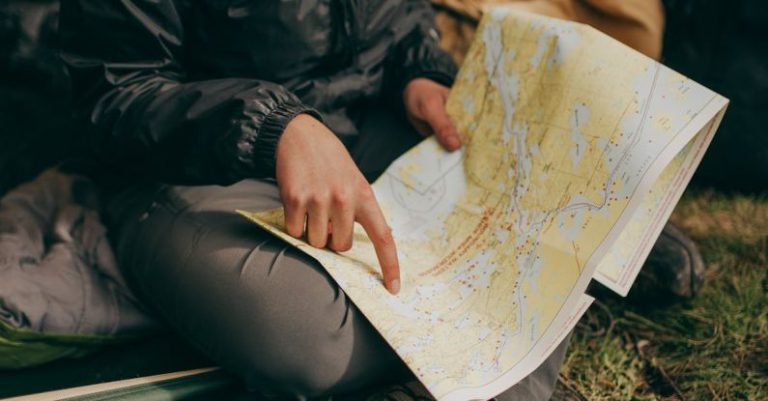
Navigating unfamiliar territory without a map can be a daunting task, but with the right mindset and strategies, it is possible to stay oriented and find your way. Whether you are traveling to a new city, hiking in the wilderness, or simply trying to navigate a complex situation, there are several techniques you can employ to help you stay on course. By paying attention to your surroundings, utilizing technology and resources, and trusting your instincts, you can successfully navigate without the aid of a map.
**Observation is Key**
One of the most important ways to stay oriented without a map is to be observant of your surroundings. Take note of landmarks, street signs, and other points of reference that can help guide you in the right direction. By staying present and aware of your environment, you can better understand your surroundings and make informed decisions about which way to go.
**Utilize Technology and Resources**
While a physical map may not be available, technology can be a valuable tool for staying oriented. GPS navigation apps on your smartphone can provide real-time directions and help you find your way even without a traditional map. Additionally, online resources such as Google Maps can offer satellite imagery and street views to give you a visual representation of your location. By leveraging these tools, you can supplement your navigation skills and increase your chances of successfully reaching your destination.
**Trust Your Instincts**
Sometimes, the best way to stay oriented without a map is to trust your instincts. Your intuition can be a powerful guide in unfamiliar situations, helping you make decisions based on your gut feelings and previous experiences. If a certain path feels right or wrong, listen to that inner voice and adjust your course accordingly. While it is important to be logical and rational in your decision-making, sometimes following your instincts can lead you in the right direction.
**Stay Calm and Flexible**
When navigating without a map, it is crucial to remain calm and adaptable. Getting lost or taking a wrong turn can be frustrating, but panicking will only make the situation worse. Instead, take a deep breath, assess your surroundings, and consider alternative routes or options. Being flexible in your approach to navigation can help you overcome obstacles and find your way back on track.
**Engage with Locals**
One of the best ways to stay oriented without a map is to engage with locals and ask for directions. Residents of an area are often familiar with the layout of the land and can provide valuable insights and guidance to help you find your way. Whether you are in a foreign country or exploring a new neighborhood, don’t be afraid to approach people for help. Most individuals are willing to assist and point you in the right direction.
**Conclusion: Embrace the Adventure**
Navigating without a map may seem daunting, but it can also be an opportunity for adventure and discovery. By honing your observational skills, utilizing technology, trusting your instincts, staying calm and flexible, and engaging with locals, you can successfully navigate unfamiliar territory and find your way. So, embrace the challenge, stay open to new experiences, and remember that getting lost can sometimes lead to the most memorable journeys.





